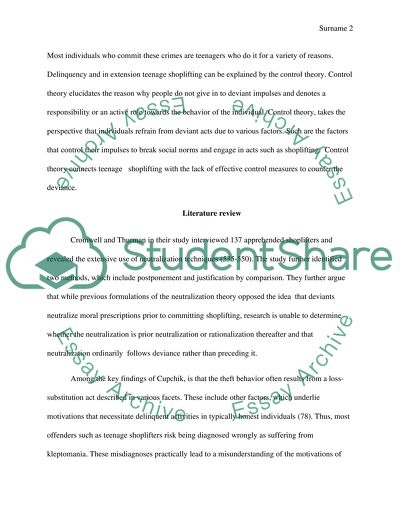Cite this document
(“Deviant Behavior: Using Control Theory to Explain why Delinquent Research Paper”, n.d.)
Retrieved from https://studentshare.org/sociology/1477550-deviant-behavior-using-control-theory-to-explain
Retrieved from https://studentshare.org/sociology/1477550-deviant-behavior-using-control-theory-to-explain
(Deviant Behavior: Using Control Theory to Explain Why Delinquent Research Paper)
https://studentshare.org/sociology/1477550-deviant-behavior-using-control-theory-to-explain.
https://studentshare.org/sociology/1477550-deviant-behavior-using-control-theory-to-explain.
“Deviant Behavior: Using Control Theory to Explain Why Delinquent Research Paper”, n.d. https://studentshare.org/sociology/1477550-deviant-behavior-using-control-theory-to-explain.


